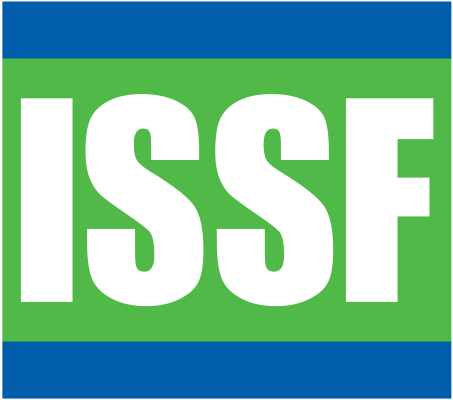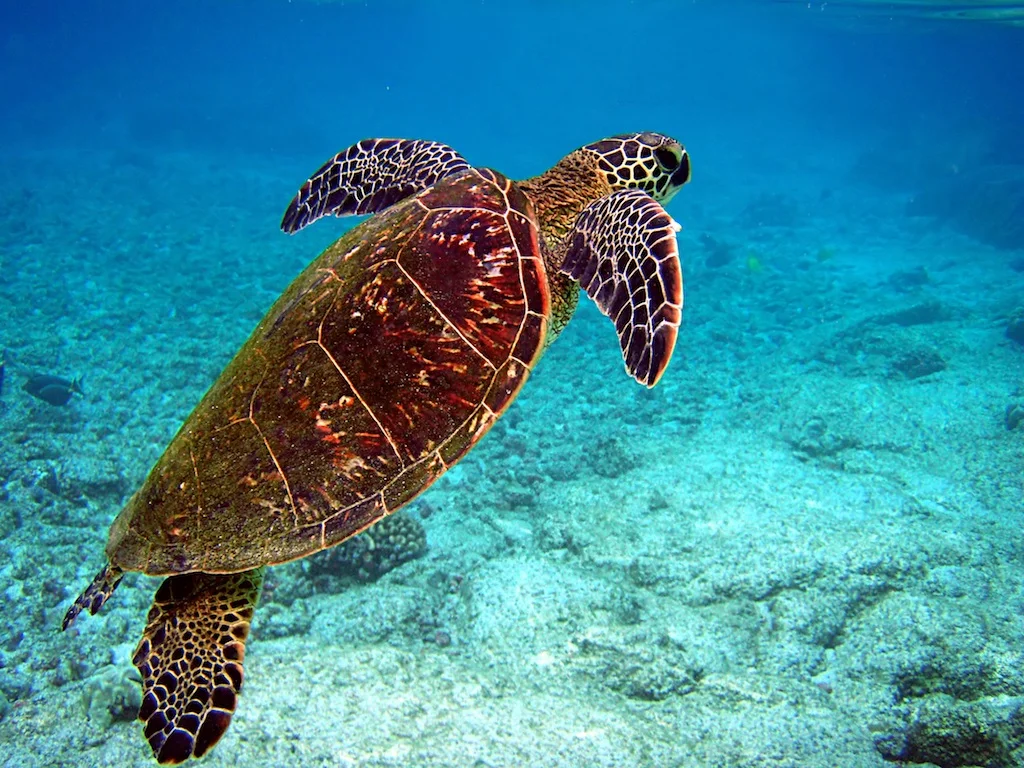Other Mitigation Methods
Turtles eat squid differently than they eat fish. With squid, they tend to swallow the whole animal in one gulp, whereas with fish they take several, smaller bites. For this reason, tuna fishing with squid-baited hooks captures turtles at a higher rate than fishing using mackerel or other baitfish, where turtles are more likely to eat around the hook instead of ingesting it.
If economically feasible, setting gear deeper than 100 m is a good way to avoid turtle interactions (as turtles tend to prefer shallower water). There are several ways to set gear more deeply:
- Make the branch lines next to buoys longer, as those lines are effectively the shallowest set hooks
- Leave a longer gap on each side of the buoy line before adding branch lines
- Increase the length of buoy lines rather than having short buoy lines and longer branch lines (however, this may make it difficult for turtles and other air-breathing species hooked on these branch lines to reach the surface to breathe during the gear soak, so having branch lines longer than float lines is preferable for these shallowest hooks).
Other longline turtle bycatch mitigation methods that could reduce sea turtle bycatch include:
- Avoid the use of lightsticks or light-emitting devices on the longline gear.
- Shorter soak duration may reduce sea turtle bycatch and at-vessel mortality rates.

